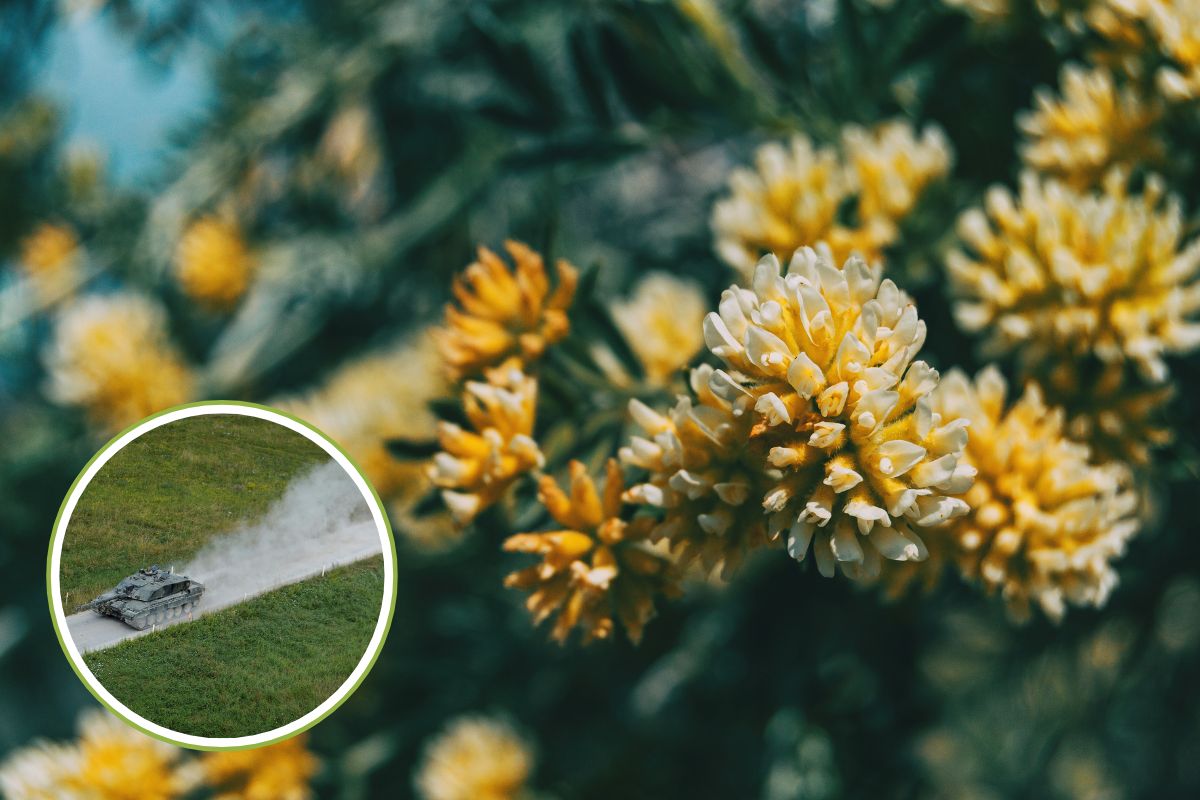An apparent paradox: a military training camp turns out to be a sanctuary of biodiversity. Salisbury Plain, UK, demonstrates how human intervention can help conserve rare species and habitats

@HQ Salisbury Plain Training Area (FB)
Salisbury Plain, approximately 147 square miles in extent or of a similar size to the Isle of Wight, is the largest area of semi-natural chalk grassland that remains in northwest Europe. As a result, it now supports many rare plants specific to this type of habitat and is one of the richest ecosystems within the continent.
But what makes this place so special? Surprisingly, the reason lies in its military history. For over a century, Salisbury Plain has been used for troop training, and yet this very activity has helped preserve its unique ecosystem.
In any case, military use prevented the area from being exploited for intensive agriculture, which would have involved fertilizers, pesticides, herbicides, and deep plowing that disrupted the fragile ecological equilibrium. The passages of tanks have actually provided for varied habitats, especially where the chalk outcrops. These “disturbed” grounds are colonized by specialized plants, such as kidney vetch (Anthyllis vulneraria) and small scabious (Scabiosa columbaria), host plants that are vital for the survival of many pollinators.
Rare plants that are thriving in the tracks: Salisbury Plain is one of the most important sites in the country for the critically endangered, pink-flowered narrow-leaved hemp-nettle. The plant grows on the edges of tank tracks, and it thrives where the soil is churned. Very bright blue viper’s bugloss grows on disturbed ground; its seeds are dispersed by military vehicles.
A haven for wildlife: Alongside its unusual flora, Salisbury Plain is also incredibly rich for fauna. Among the most typical, the rare Adonis blue butterfly Lysandra bellargus depends on the existence of horseshoe vetch Hippocrepis comosa and of particular ants. Great numbers of bird species can be found such as skylark Alauda arvensis, calandra lark Melanocorypha calandra, and crested lark Galerida cristata. The surrounding woodlands provide shelter for birds of prey, such as the kestrel (Falco tinnunculus) and the common buzzard (Buteo buteo).
A rich archaeological landscape
Salisbury Plain is not only a natural treasure but also an important archaeological site. It hosts numerous prehistoric monuments, including burial mounds, stone circles, and fortifications-echoes of human life several thousand years old.
This unique area comes under the UK Ministry of Defence, which is trying to balance its military training requirements with nature conservation. It stands out as a symbol of how man and nature can survive together, even in the most inhospitable area.
